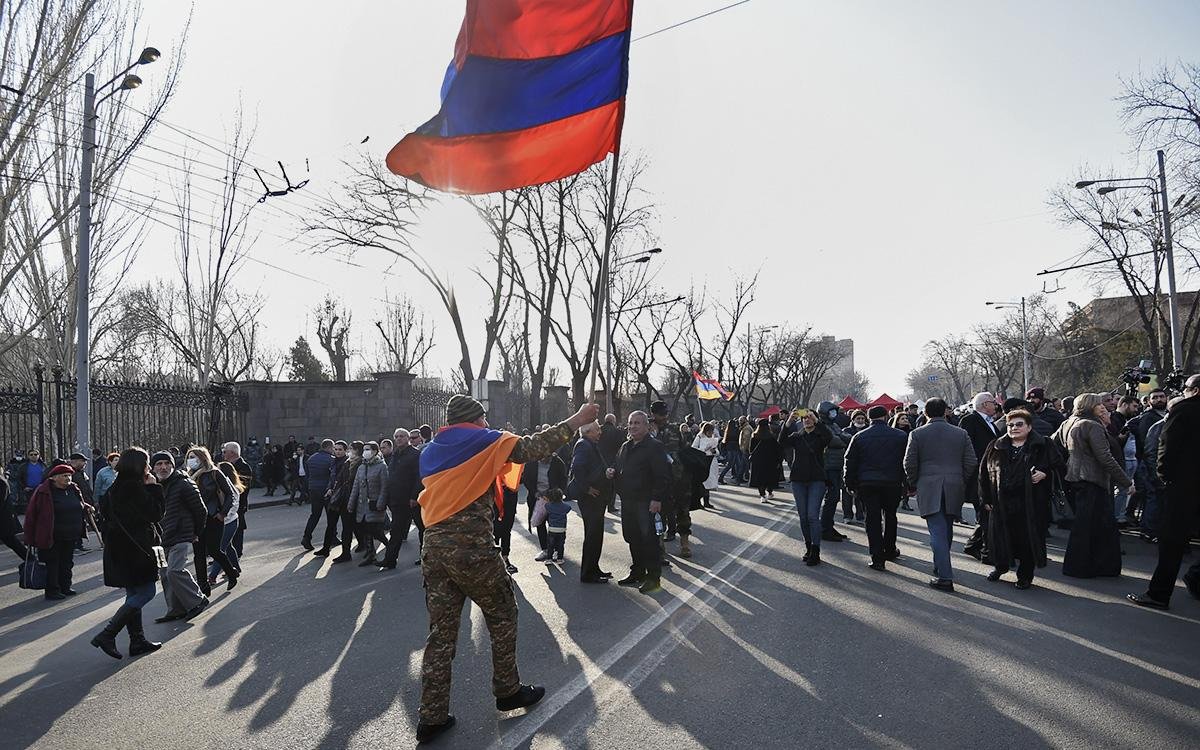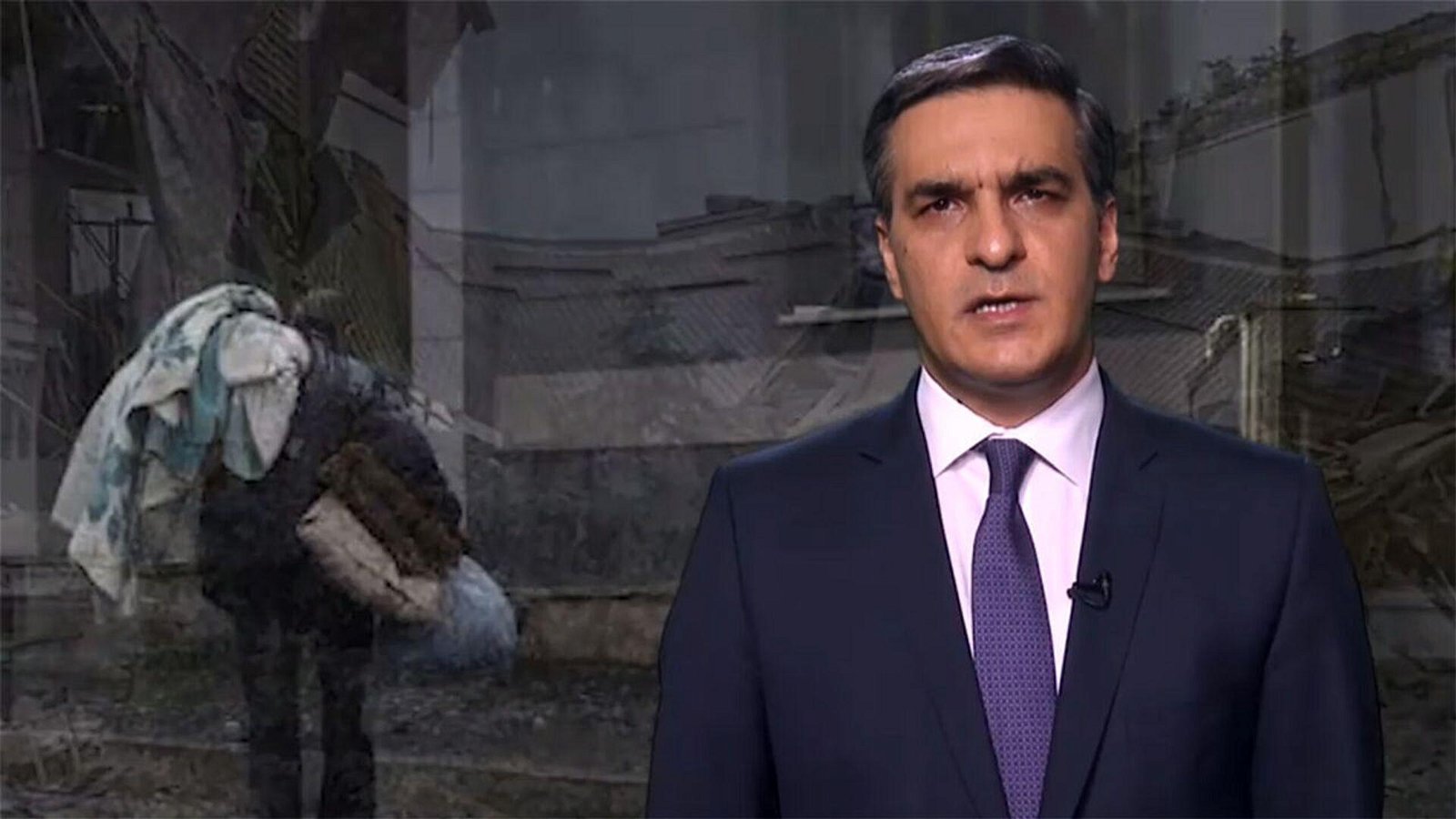Armenophobia spurred by Armenians Ombudsman's crocodile tears
Some would say that Armenians have always cried, complaining about their fate and their neighbours, and they would be right. However, from mid-September onwards, the jeremiad intensified and became more sorrowful and hysterical. Now any Armenian citizen who can shed a tear on camera and point the finger at the "guilty" does not miss this opportunity.

Despite the fact that the list of "guilty ones" for all Armenian misfortunes has greatly expanded today, Azerbaijan and Türkiye are still in the lead on this list. Ex-defender of citizens' rights Arman Tatoyan decided to use the opportunity and tell the international community that ombudsmen, even former ones, can also cry, and in the best Armenian traditions, complained about the state policy of the Republic of Azerbaijan, accusing it of Armenophobia. Typically, Arman, like his compatriots, does not explain why Azerbaijanis must love Armenians. Because they occupied 20 per cent of Azerbaijan's territories in the 1990s? Or maybe for the genocide of the Azerbaijani population of Khojaly?
The systematic provocations on the notional border, resulting in the deaths of our servicemen, can hardly be called a reason to become an Armenianophile either. Maybe the residents of Azerbaijani villages and towns, whom the Armenian separatists kicked out of their homes barefoot in the cold winter and then shamelessly boasted in an interview that "before Khojaly, the Azerbaijanis thought that the Armenians would not be able to raise their hand against the civilian population," know at least one quality of the Armenians that can arouse respect for them? It is doubtful.
So Tatoyan, denouncing Azerbaijanis in ethnophobia, simply used accusatory cliches worn out from long use, which fit perfectly into the state policy of Armenia, which, in fact, was initially based on the ideology of separatism. Moreover, it is in Armenia that the murder of a Turk, the destruction of the Turk's cultural and historical heritage, and other atrocities on ethnic grounds are welcomed and rewarded. Suffice it to recall the Karabakh militants, who were elevated to the status of "national heroes" for their brutal killings of Azerbaijanis. The terrorists Monte Melkonyan, Zori Balayan, Bako Sahakyan, Leonid Azgaldyan, Arkady Ter-Tadevosyan, Arkady Ghukasyan, Serzh Sargsyan, and others like them were rewarded with orders and medals and appointed to high positions for destroying the Azerbaijani population of Karabakh. There are more than enough examples, as we can see.
However, Tatoyan prefers not to mention them. It seems that the propensity to terrorism and the aggressive ideology of the Armenian nation for this "defender of human rights" and his relatives is a good thing and so ordinary that it is not worth any comments, and the image of noble Azerbaijan does not fit into the nationalist idea of Armenia in any way. In addition, the Ombudsman's speech was based on the principle of cruelty, and according to the Armenians, only Turks and Azerbaijanis fall under this context. That is why, with bile and tears, he tells about the "brutal murder" of several Armenian female servicemen by Azerbaijani special forces.

"We are collecting and recording evidence of Azerbaijani war crimes, torture, and killings of RA soldiers, including video and photo footage. Translation from Azerbaijani into Armenian, Russian, and English is being carried out, consolidation and analysis are underway," Tatoyan states.
It is difficult to say what Tatoyan is consolidating and analysing there, but it is more than certain that among these videos there is no footage of Azerbaijani soldiers giving medical treatment to an Armenian soldier, nor is there any incident involving a three-year-old girl named Zahra, who was killed during the bombardment of her native village by Armenian troops, no footage from Shusha prison, where Armenian separatists held the captured Azerbaijanis in inhuman conditions during the First Karabakh War, no information about civilians blown up on Armenian mines, no materials about Khojali massacre, and many other things are missing. However, we do have this footage and, unlike the Armenian side, we analysed it, translated it, recorded it, and sent it to the relevant authorities a long time ago.








